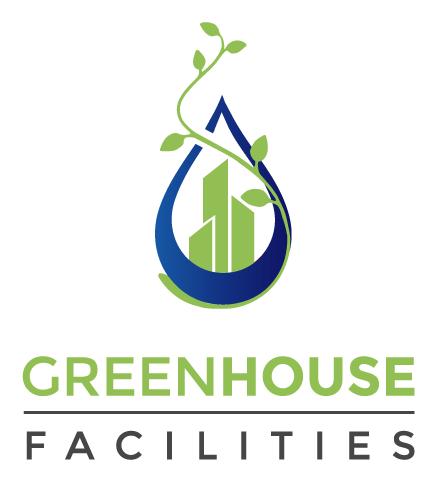Spring and summer mean the long awaited return of plants, flowers, and green grass. Every day I try and spend a few minutes in nature, breathing in the fresh oxygen and enjoying the beautiful blooms and greenery.
So I was surprised to learn that many of the plants, flowers, and grass I enjoy on my daily walks are actually the source of unbalance to the biodiversity in our landscapes.
That’s because many of the flora and fauna we see everyday are not native to our region, which means they are disrupting animal life, and taxing the soil and sustaining resources they draw from.
Thousands of plant species have been brought to North America in the past three centuries. Most are well-behaved, rarely penetrating natural areas. Several hundred, however, have no natural controls here, and are able to out-compete and gradually displace our native plants, even deep in forests and undisturbed ecosystems. Variously called alien, introduced, or exotic, these non-natives are highly invasive.
Some of these plants were brought here intentionally, for their medicinal, ornamental, or food value. Others hid in soil, clothing, boots, crop seed, or ballast. Most came from other continents, but a few have spread from other parts of the US. In each region, different species are better adapted and therefore pose a greater threat.
Native plants, on the other hand, are low maintenance and require little to no special attention to thrive. They’re also resistant to disease and pests, which usually means no pesticides are required. Because they’re native to the region, they provide sustenance for local animal life like bees and pest-eating bugs.
Starting to incorporate native plants in small areas can lead to a patchwork of habitat that supports native biodiversity. In this way even adding a few native plants in a suburban yard can be part of restoring imperiled organisms and habitats.
Decorating with native plants indoors can also cut down on pollens that may be causing some allergies and allow you to breath easier.
It’s worth finding out more about native plants versus non-native plants so you can let your employer or building manager know about alternatives to current landscaping.
To find out about planting a native garden or landscaping your business or home you can contact your local garden center or nursery or visit Plant Native to see a list of hundreds of flowers, shrub, and trees that are native to the New York, New Jersey, and Pennsylvania area.
What native plants have you found to replace non-native species? Send us photos of your favorites to our Facebook, Twitter, and Pinterest pages.
